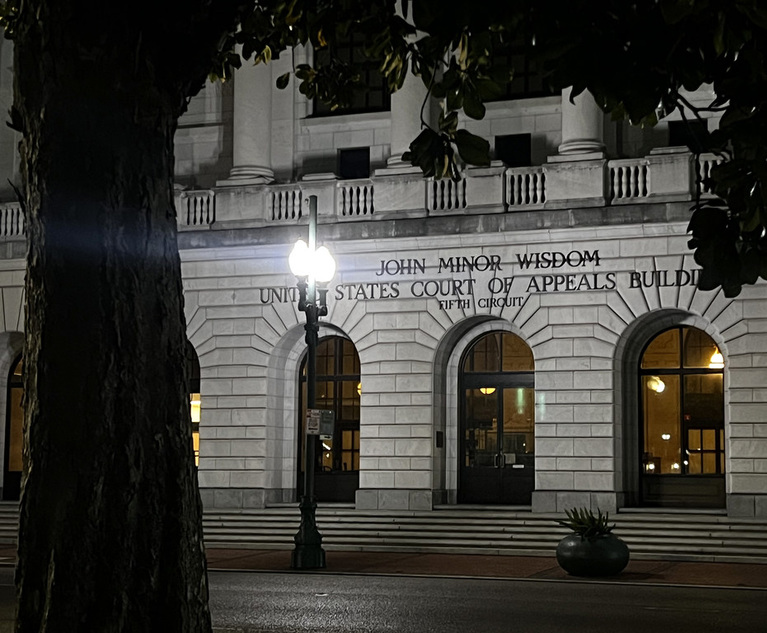There is a growing rise in lawsuits against business websites, including law firms, for not complying with the Americans with Disabilities Act (ADA). One-quarter of the adult American population live with a disability. While the ADA was created to eliminate any physical barriers to public spaces, website accessibility promotes equal accommodation in virtual spaces.
Certain criteria determine if a website is accessible to individuals with disabilities. To qualify as accessible, website content must be coded so that screen-reading software can interpret words and visuals. Website accessibility allows individuals who are deaf to understand all audio content, individuals who are blind to understand visual content, and individuals who have restricted mobility to use operable keystroke commands for interactive features. The most basic guideline for websites and mobile applications should include readable and clear fonts, alternative text associated with reading assistants’ images, no text within images, keyboard navigation, contract adjustments, and text spacing.


 Photo: Vitalii Vodolazskyi/Shutterstock
Photo: Vitalii Vodolazskyi/Shutterstock




